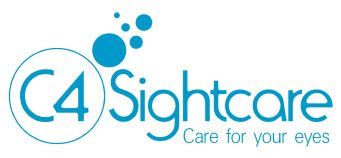







What can be done?
If detected early enough, glaucoma can usually be treated. In most cases eye drops to reduce the pressure in the eye will be prescribed, although in some cases an operation is needed. To aid detection of glaucoma, the College of Optometrists recommends an eye examination every two years, or more frequently if there is a family history of the condition. If glaucoma is suspected, your optometrist will advise you whether you need to be referred to a GP or hospital. Once treatment is underway, you may be referred back to your optometrist for monitoring.
Glaucoma sufferers and certain close relatives are entitled to a free eye examination provided by the NHS. Those diagnosed as being at risk of developing glaucoma are also eligible.
Where can I get more information about glaucoma?
Royal National Institute for the Blind
International Glaucoma Association
College of optometrists - Look after your eyes website


Glaucoma
Glaucoma is the name for a group of eye conditions in which the optic nerve (the nerve at the back of the eye) is damaged, often in association with raised pressure within the eye. This leads to a reduction in the field of vision and in the ability to see clearly. In most cases glaucoma sufferers will experience no symptoms until significant damage has occurred.
Who is at risk from glaucoma?
People aged 40 and over are at greater risk from glaucoma and there is an increasing risk with every decade of life. Those with a family history of glaucoma in close relatives, or in certain ethnic groups (e.g. African-Caribbean people) are considered to have a greater than average risk. People who are diabetic or very short- sighted are also more prone to glaucoma.
How do optometrists check for glaucoma?
Most new cases of glaucoma are identified through referrals from optometrists, whose training equips them to recognise the early signs of the disease. There are three main tests that may be carried out by an optometrist to check for glaucoma:
Ophthalmoscopy - checking the appearance of the optic disc (where the optic nerve joins the eye) using an ophthalmoscope, a special torch for looking into the eyes.
Visual field assessment - testing the field of vision using small points of light to check for blind spots.
Tonometry - measuring the pressure within the eye, either using an instrument that emits a small puff of air onto the surface of the eye, or placing a probe against the eye after it has been numbed with anaesthetic drops.
Other instruments are now available for detecting and monitoring glaucoma but these are the most commonly used tests.











